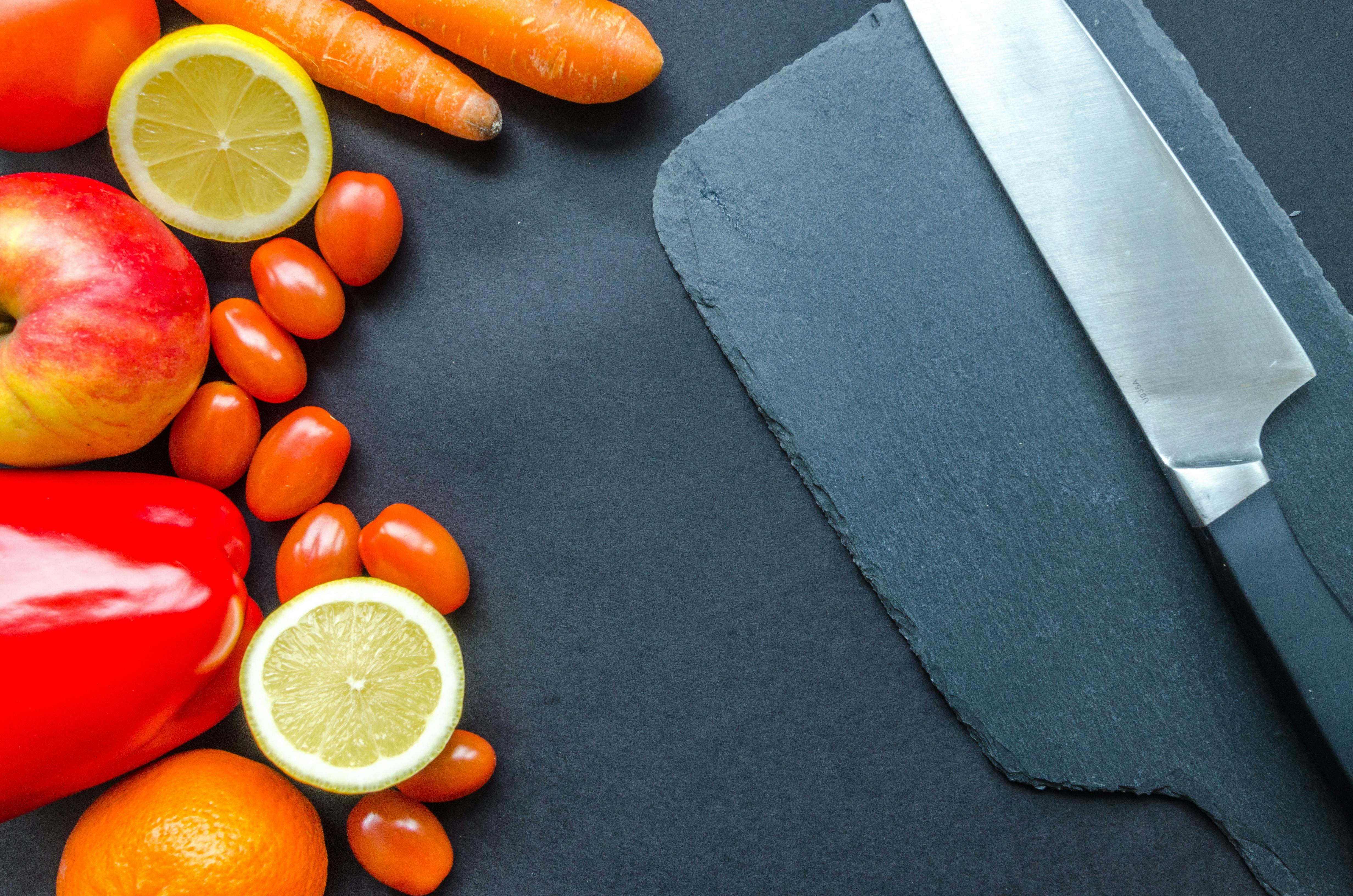Jackfield Pottery – Black and Shiny Wares
Jackfield ware is a type of earthenware known for its lustrous black lead glaze similar to Japanese black lacquer wares. It was named for Jackfield, a town in Shropshire, England, where a pottery factory founded by Richard Thursfield produced remarkable earthenware pieces made of clay, black-glazed, and decorated with oil paint or gilt in 1713. Thursfield was succeeded by his son, Maurice, under whom the best examples of the craft were made between 1760 and 1772. During 1780, the products of Thursfield pottery were sold and transferred to Coalport.
Early examples of Jackfield pottery can be found with Jacobite inscriptions due to the fact that Shropshire was a place of refuge for worship.
During the 18th century, Jackfield pottery was also made in a number of other well-known centers of pottery, such as Staffordshire, by other great names in pottery history, such as Thomas Whieldon and Josiah Wedgwood. It was Whieldon who was credited with advancing Jackfield’s product manufacturing. In Staffordshire, Whieldon was known to have developed the art of making Jackfield pottery, producing it using a red variety of clay and glazed with a more lustrous luster. Black-glazed pottery soon also began to be made in Namur, Belgium.
Jackfield ceramic is a dense, highly vitreous, high-fired ceramic that generally has thin walls. It is usually glazed both inside and outside. Dating back to its beginnings in Jackfield, it was originally made of gray to purplish-black colored clay. Sometimes, in the examples of lidded pottery, you can glimpse the color of the clay used. The usual motifs used for decoration were moldings of white twigs, flowers, and scrollwork (the scrollwork often bore initials). Jackfield’s wares first became popular as drinking mugs in pubs. Other common examples of Jackfield pottery are coffee or tea cups and pots, pitchers and saucers.
Jackfield pottery was also highly sought after during the Victorian era, between 1837 and 1901. When Queen Victoria used black ware to mourn the death of her husband Prince Albert in 1861, the black sheen of Jackfield wares was it became fashionable It was then that Jackfield merchandise became popular as gifts and souvenirs. They were usually marked in gold with the name of the donor on the left side of the item, and marked with three bars resembling a fleur-de-lis on the right side.
Jackfield pottery was also known through many other nicknames such as black Jackfield, Jackfield type, jet pottery, Victorian jet pottery, black pottery, and Japanese pottery. Although the quality and production of this type of ware is said to have declined after the 1760s, its style was revived in the late 19th century and became popular in teaware and kitchenware.

Leave a Reply